City planners, administrators, politicians and citizens the world over are in agreement: green is good.
Some advantages of urban green spaces are immediately obvious. They make a city more beautiful, offer recreational value and provide opportunities for humans and animals to commune with nature. Other benefits, like improved air quality, diminished risk of flooding and reduced impact of heatwaves, are scientifically backed, measurable and increasingly advocated for by global organisations. Here are five strategies that major cities around the world have implemented to improve public health, increase biodiversity and tackle climate change.
Planting Trees
Trees provide shade and shelter from the elements, while their roots help stabilise and enrich the soil, and their leaves improve air quality. In Australia, Melbourne aims to double its tree canopy cover to improve the city’s climate resilience. In the rapidly growing metropolis, heatwaves, floods and other extreme weather events have been on the rise, so water management, temperature control and carbon sequestration are top priorities. An Urban Forest Fund provides financial support for new green spaces on private property, creating small pockets of nature amid the city’s densely built streets and laneways. Self-guided sustainability walks allow visitors to explore some of the resulting urban greening projects.
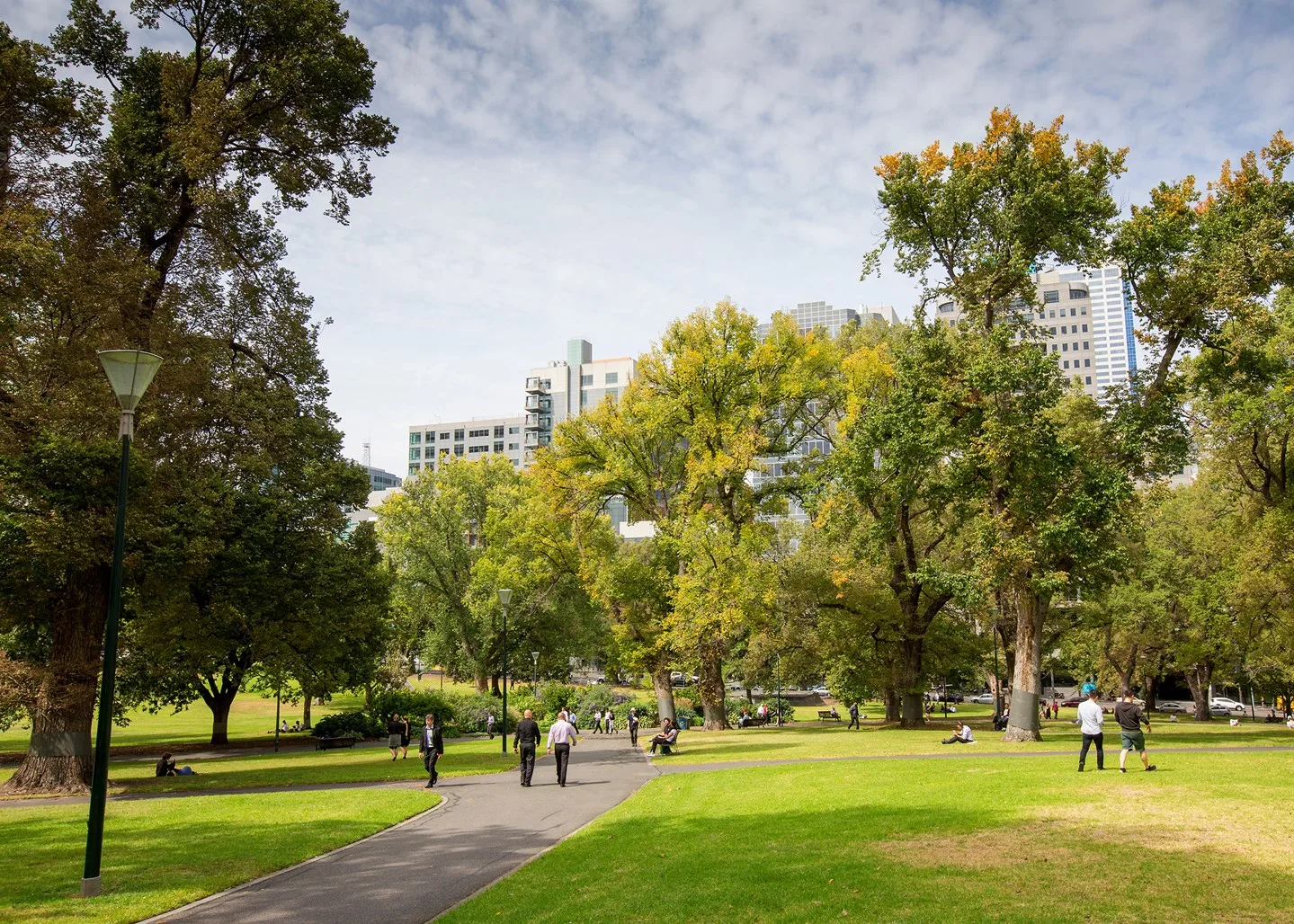
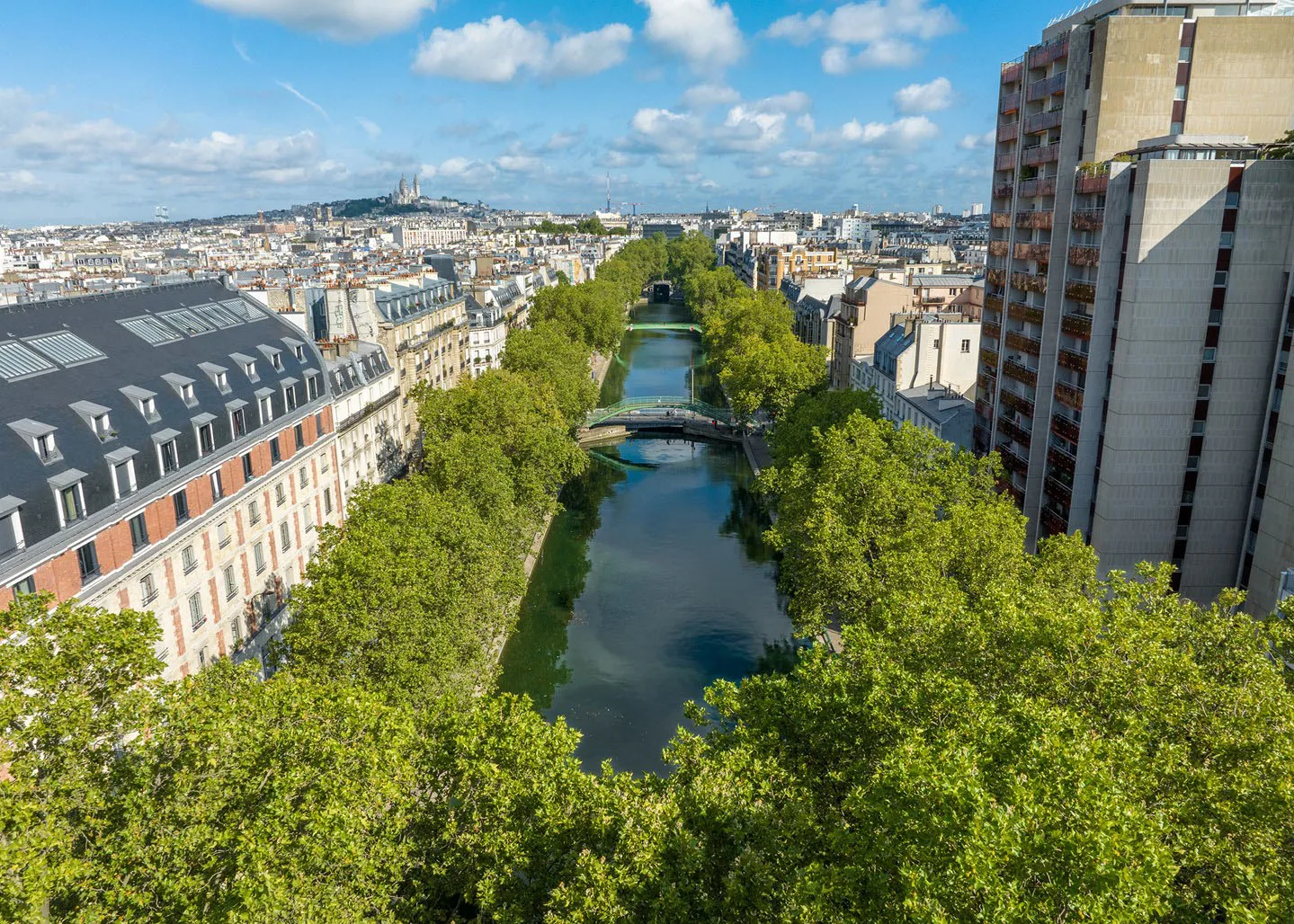
[Photo at left: courtesy City of Melbourne. Photo at right: Paris St Martin Canal]
Seoul faces similar challenges and is also tackling them with urban forests, albeit on a larger scale. The South Korean capital is planting Urban Wind Path Forests designed to channel fresh air from the mountains towards the city – for example, along its numerous waterways – then distribute fresh air and filter out pollution throughout the city centre. Currently in its second phase of planting, the project’s main goals are to improve the air quality of a megacity often plagued by smog and to combat soaring summer temperatures.
Paris, meanwhile, has achieved more than one third of its self-set goal of planting 170,000 new trees between 2020 and 2026. Its first large-scale urban forest at Place de Catalogne, a busy roundabout near the Montparnasse train station, was planted with 478 trees in late 2023. The city projects a four-degree drop in maximum summer temperatures in the large open space, which would be a small step towards breaking up summer heat islands in the city.
Singapore has even more ambitious plans to plant a million trees by 2030, part of its larger pledge to become a city in nature. The overarching Green Plan is focused on sustainable development to improve quality of life. Even before the current wave of urban greening, the city state had earned itself a reputation as a tropical paradise with its iconic Gardens by the Bay, a major visitor magnet since opening in 2011. Now Singapore aims to build on that success, increasing parkland by 50% between 2020 and 2030. By then, no household should be more than a ten-minute walk from an accessible green space.
Greening The Grey
Urban greening doesn’t always have to mean big multimillion-dollar projects – it takes a patchwork of large-scale and smaller spaces to make a difference.
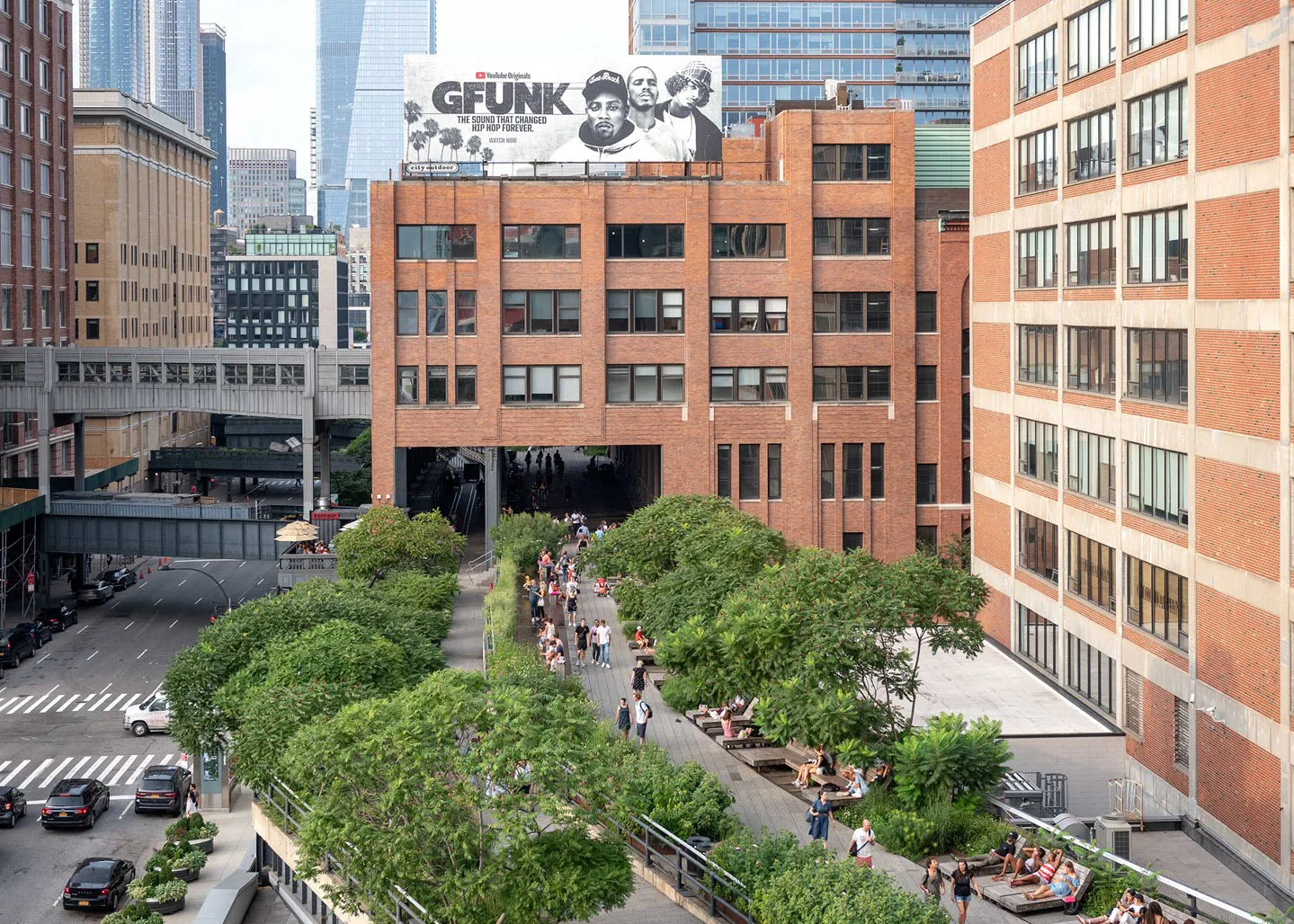
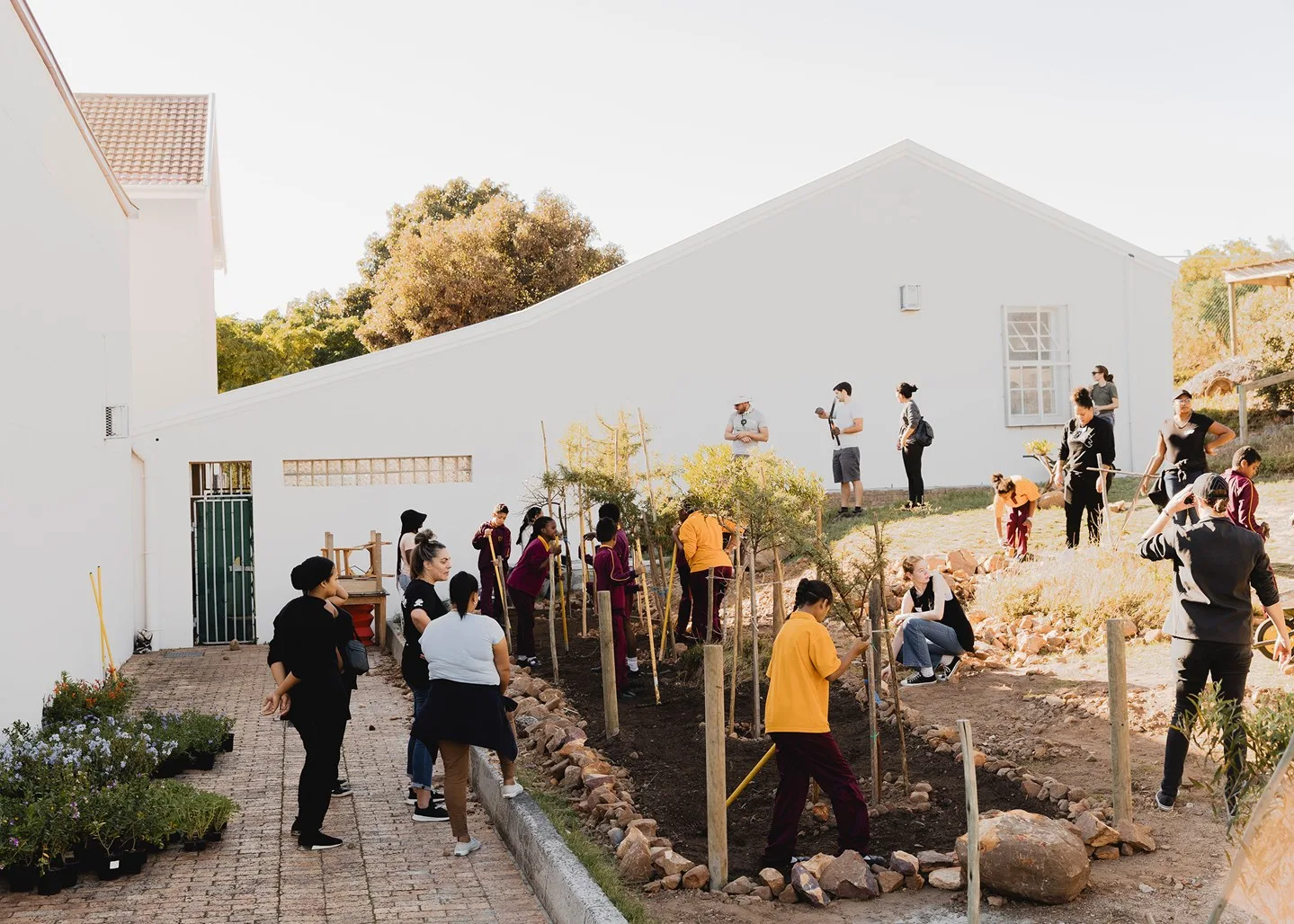
[Photo at left: NYC High Line, credit Timothy Schenck. Photo at right: Cape Town]
A sustainable urban development strategy will leave no slab of concrete, flat roof, wall or disused railway corridor ungreened. In fact, a relatively small sliver of nature has become perhaps the greatest urban greening success story in recent history. The High Line, a public park built on a disused elevated rail line in lower Manhattan has become one of New York City’s greatest attractions, beloved by locals and tourists alike. The diverse gardens feature 150,000 plants, interspersed with artworks and, of course, priceless views of the surrounding urban canyons and the waterfront. Needless to say, the flourishing of this project has been an inspiration to others, like the proposed greening of an elevated railway across the river in Queens (The Queensway) and across the Atlantic in London (The Camden Highline).
Other ways of turning grey surfaces green include: living green walls or vertical gardens, which help cool both the buildings they are planted on and the surrounding area (for example in Bogota, Colombia); urban gardens on empty rooftops, parking lots or within school playgrounds, providing city dwellers with the opportunity to not only enjoy nature, but to also harvest her fruits (like in Cape Town, South Africa); and green roofs, which help regulate temperature and improve water management (made mandatory for new construction in Basel, Switzerland).
Creating Green Corridors
Once a city has planted its forests, planned its parks and greened its grey spaces, it is essential to connect them all. Nature corridors and greenways serve several purposes: they boost biodiversity by allowing plant and animal species to travel from one green space to another; they multiply the positive effects of the vegetation by creating unbroken ribbons of air-cleaning, oxygen-boosting, temperature-regulating green; and they provide routes for sustainable transport, such as off-road footpaths and bike trails, encouraging people to walk, hike or bike from A to B – or just for fun.
In Rio de Janeiro, the Recreio Green Corridor was established to reconnect fractured rainforest areas on the fringes of the city, creating a cohesive ecosystem that allowed for the (re)introduction of native species. The corridor also improved flood protection and stormwater management, and improved access to nature for bordering neighbourhoods in the Brazilian city.
In Barcelona, a Green Infrastructure and Biodiversity Plan lays out its vision of a city “where nature and urbanity converge and enhance one another, where green heritage and green infrastructures lead to connectivity and continuity with the natural surroundings”. Connectivity, in this context, means identifying infrastructure lines that already have a lot of vegetation, and filling the gaps by renaturalising and revitalising unused plots, rooftops and other spaces in between. In addition, the Spanish city’s Superblocks concept combines several city blocks, limiting motorised traffic on the interior and pushing most cars to the periphery, creating safer, quieter, greener streets within.
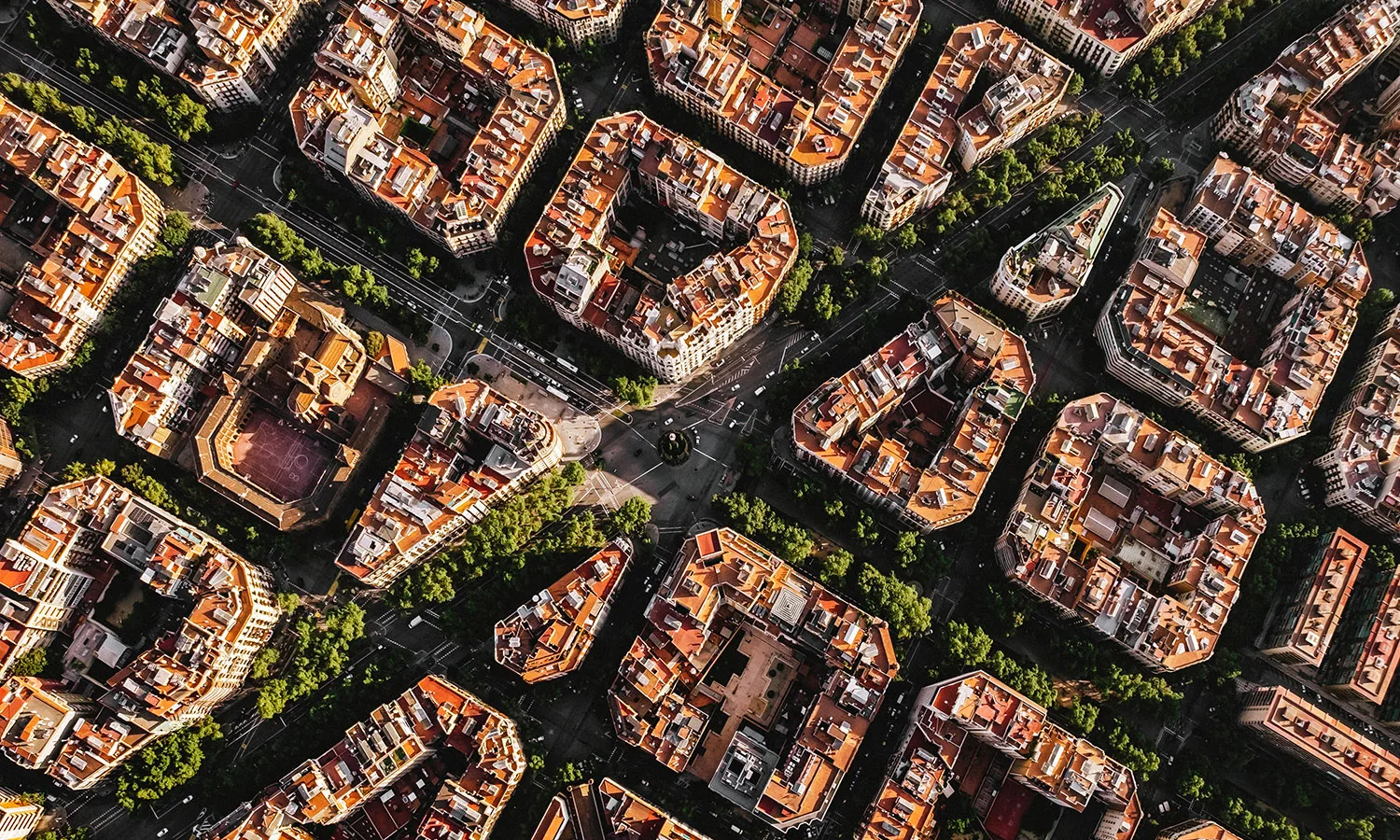
[Photo: iStock.com/Manel Subirats]
Restoring Rivers
Re-greening waterways is another way for cities to create natural corridors, while also opening up recreational spaces, improving water management and mitigating flood risk.
A rugged mountain river runs through Munich, the picturesque city near the Bavarian Alps. On a sunny day, it attracts swimmers and sunbathers, while joggers, dog-walkers and even surfers brave it in any weather. However, the Isar river looked very different at the turn of the 21st century. It had been straightened and constrained by walled banks, weirs, dykes and canals. The city’s Isar Plan, completed in 2011, restored it to the meandering, boulder-strewn urban oasis it is today. The car-free Isar bike path runs past the city centre, taking cyclists from north to south, with bridges at regular intervals connecting to different neighbourhoods and popular sights. In addition to the recreational benefits, the renaturalisation has provided a natural habitat, both on land and in the water, for flora and fauna, as well as protection against flooding.
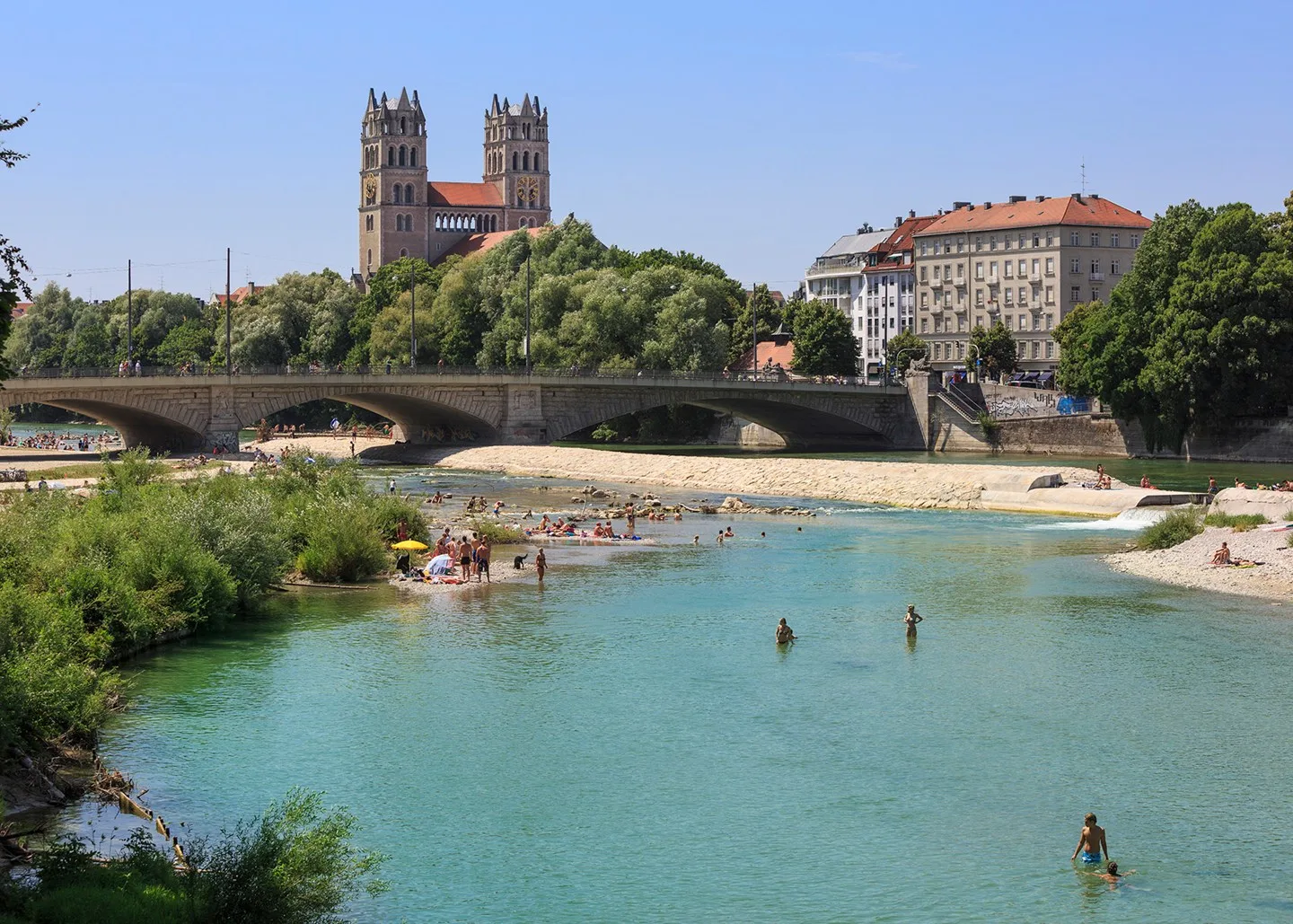
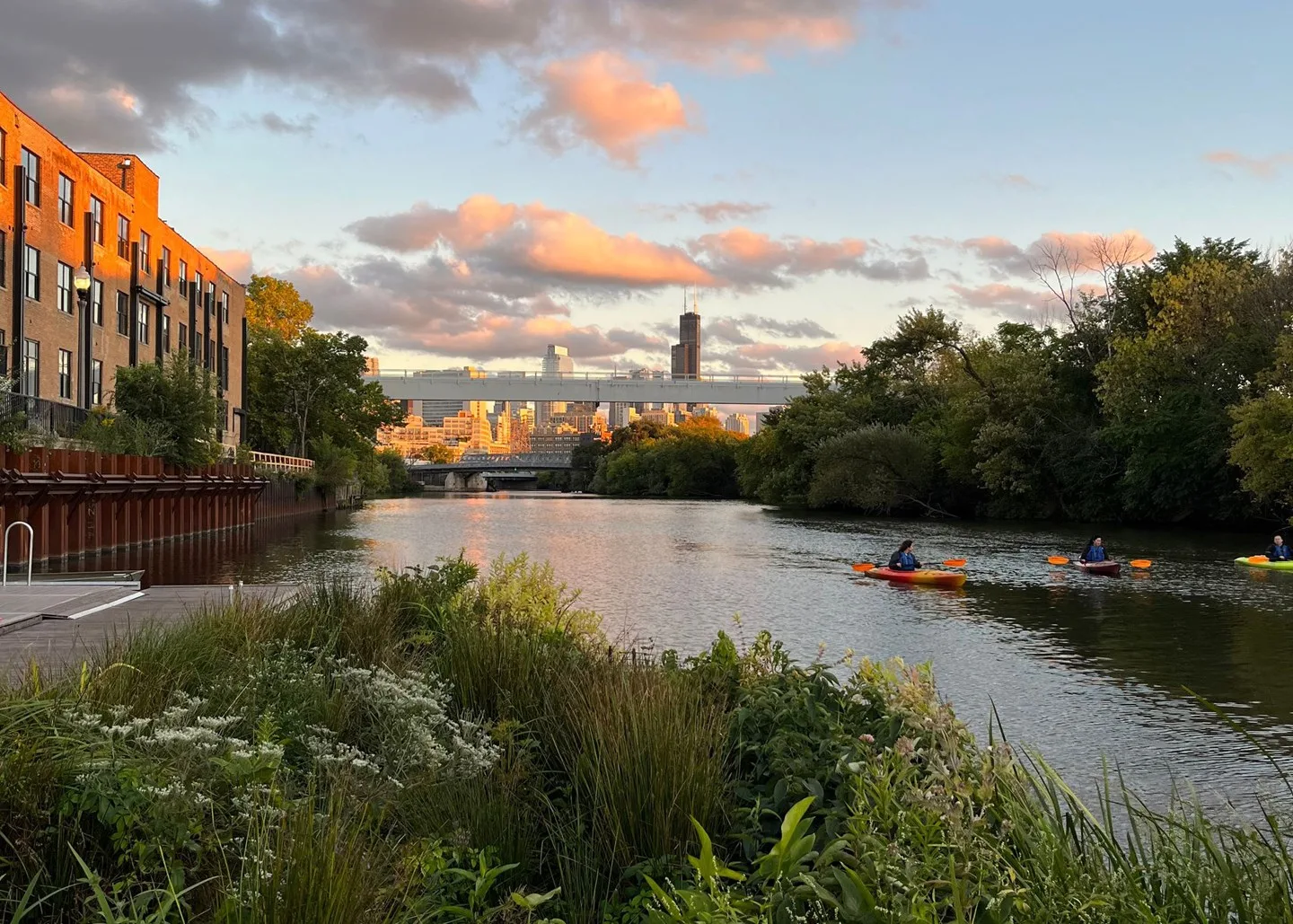
[Photo at left: Munich via iStock.com/Aprott. Photo at right: Chicago’s Wild Mile]
While a full renaturalisation doesn’t seem to be on the cards for Chicago, smaller projects contribute to the revitalisation and restoration of its waterways. In the US city, several nonprofits and neighbourhood associations are working to improve access to rivers, thus boosting ecosystems, biodiversity and water quality. The most prominent project is the so-called Wild Mile along the North Branch Canal of the Chicago River. Although it’s still short of the length indicated by its name, “the world’s first floating eco-park” features floating gardens with wetland plants providing a habitat for native wildlife. Public walkways and kayak docks open the project up to the community.

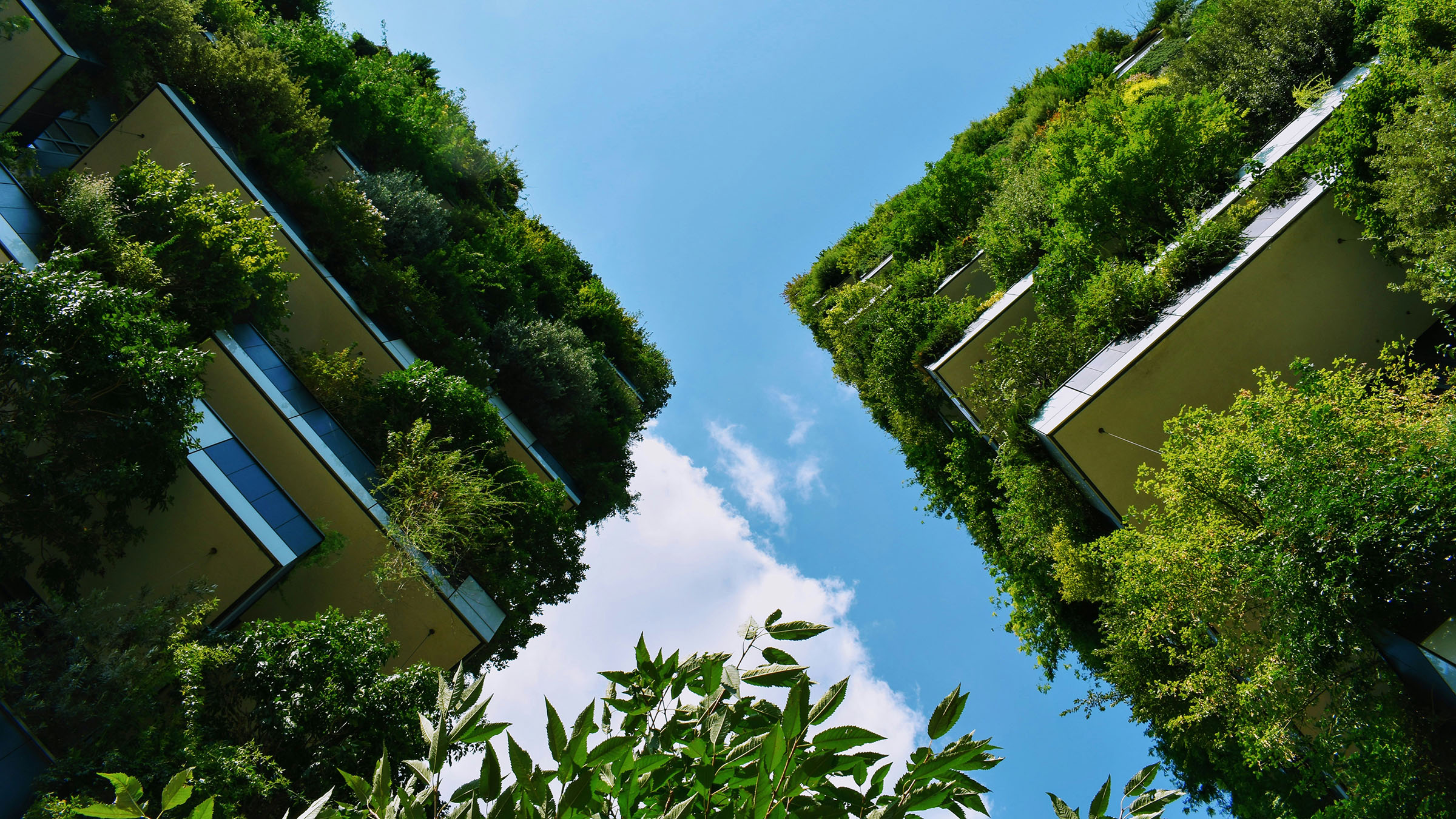

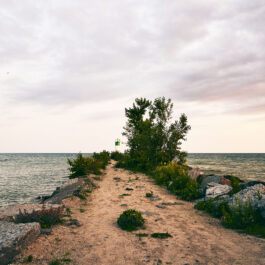


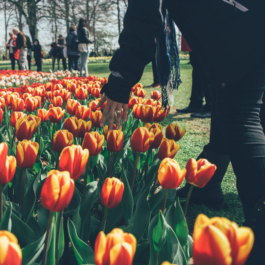




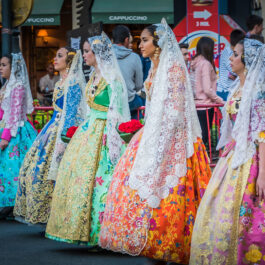


Sorry, the comment form is closed at this time.